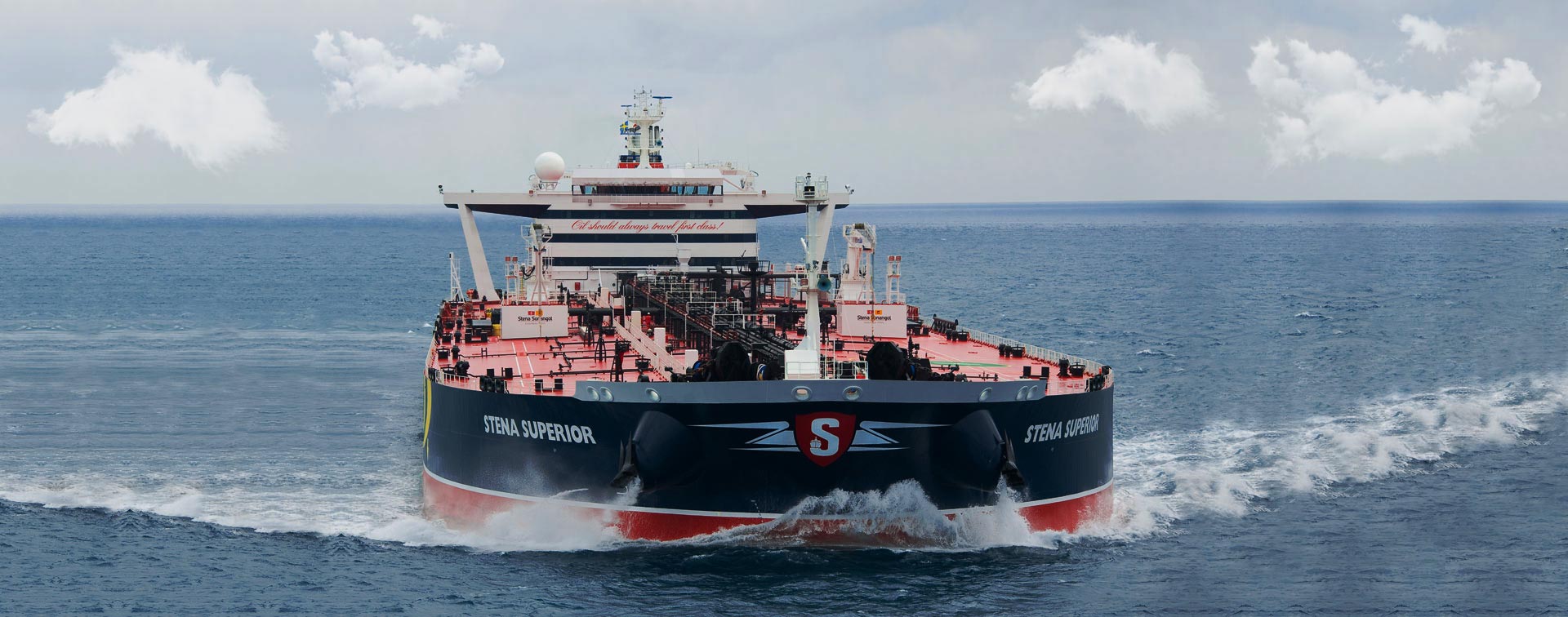The Stena Sonangol Suezmax Pool is comprised of vessel Owners and supports Chartering services who wish to leverage their position through spot market fluctuations. The Pool absorbs some of the market volatility risk by spreading it over several vessels that trade on the open spot market.
Risk Management
With market volatility, a pool participant’s shipping risk is spread across the entire pool fleet, thus greatly reducing the fluctuations that come with a fast-changing market.
Market Intelligence
Through their resources to obtain market data, Stena Sonangol is able to quickly assess current market conditions and in turn make quick effective decisions.
Cargo Access
Stena Sonangol has continuously developed and maintained close customer relationships. This has helped to establish cargo agreements allowing for high utilization of the fleet.
Ship Access
For a cargo owner a ship put in the Pool gives access to the whole Pool fleet.
Worldwide Coverage
The Pool has offices in Houston, Gothenburg and Singapore. In addition, Stena Bulk and Sonangol provide the Pool with global resources and support.
Superior Service
Pool participants are able to utilize our commercial expertise and can feel confident that their ships are being traded and operated with high standards and in the owner’s best interest of reaching each ship’s earning potential.

